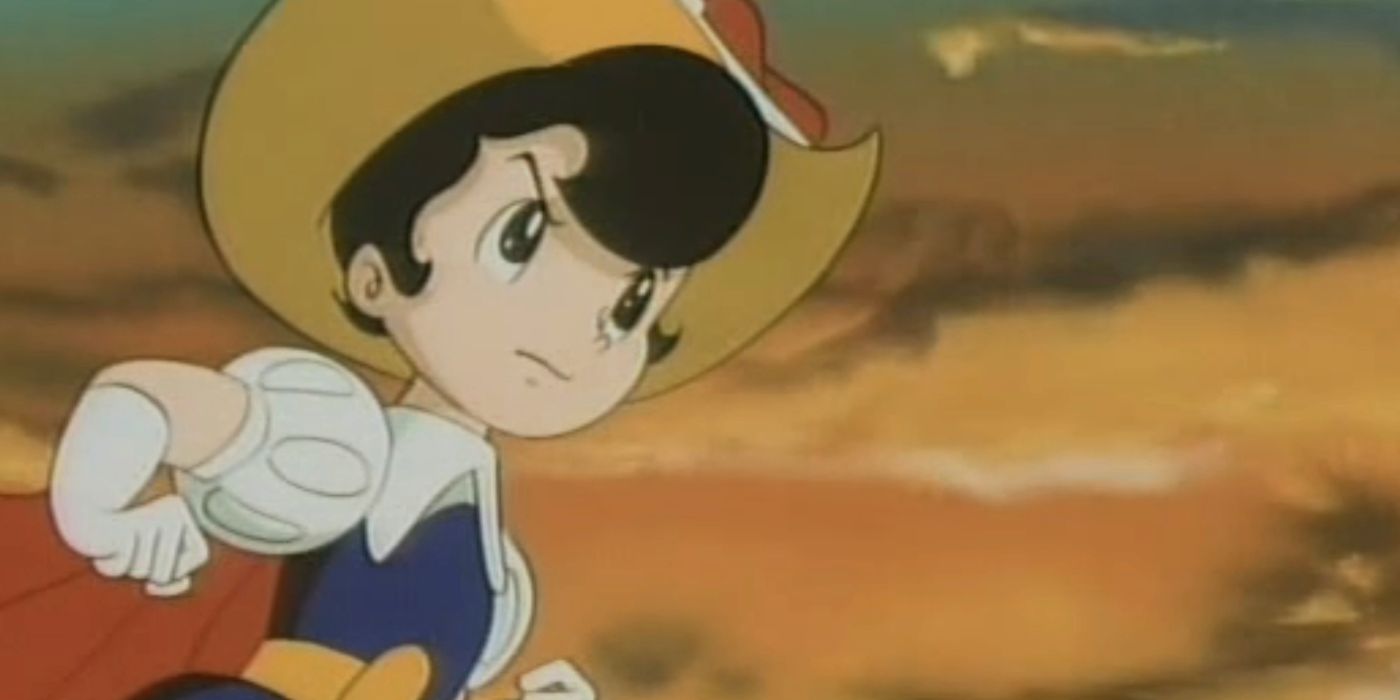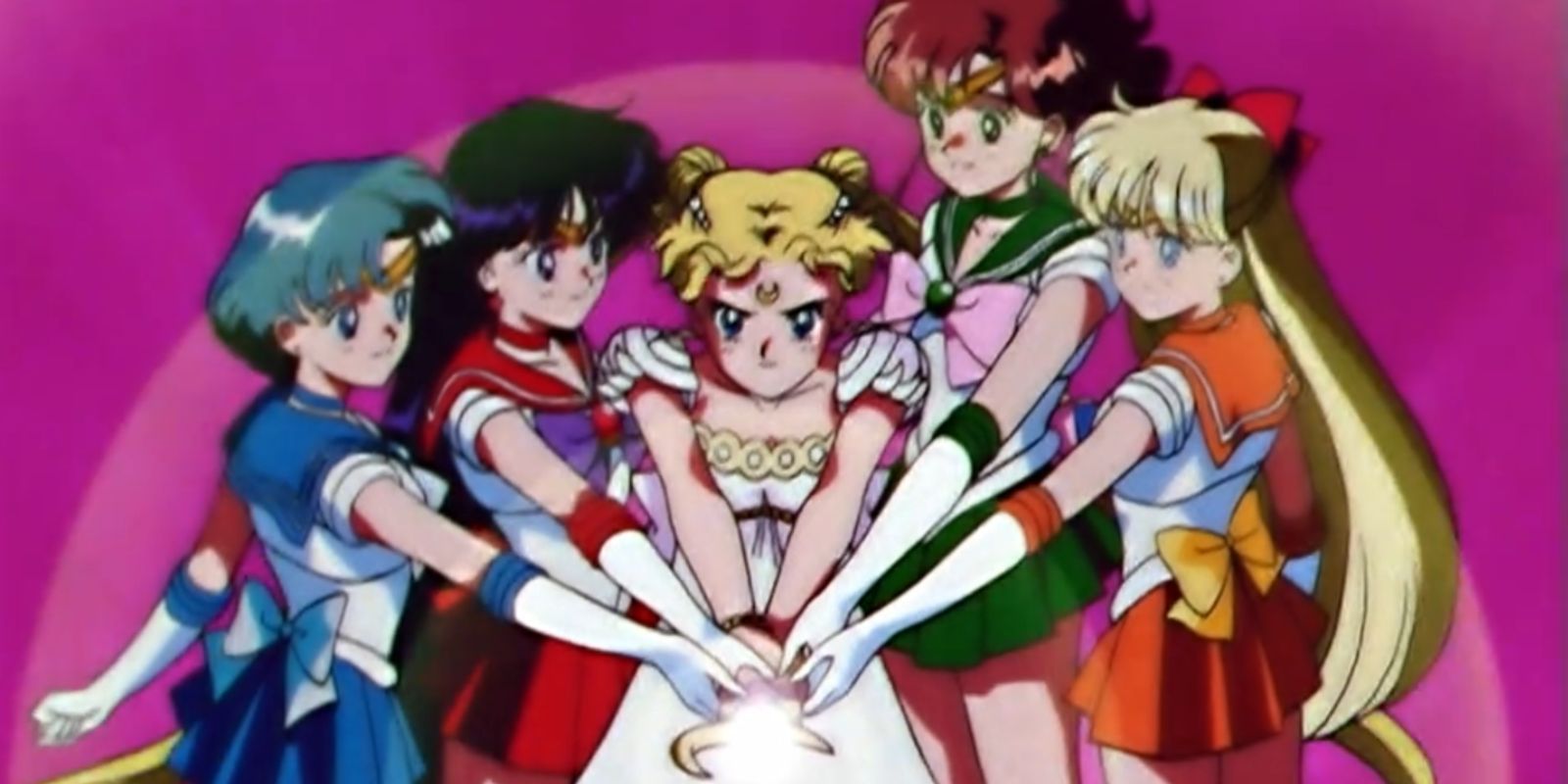Sailor Moon is one of the most recognizable series of all time, and is probably the most famous and influential Magical Girl series in recent memory, but Sailor Moon didn’t invent the Magical Girl concept. The Magical Girl genre as a whole is much older than fans may think, and the first Magical Girl Series was way ahead of its time. This is largely thanks to the creative mind of iconic mangaka Osamu Tezuka, remembered by fans as the Father of Manga.
While Astro Boy is Tezuka’s most famous work outside Japan, his other works have also had a major influence on the industry. Especially noteworthy is the series Princess Knight, first published as a manga in 1953 and adapted into an anime in 1967, which was dubbed and broadcast in various English-speaking countries during the 1970s. Predating other iconic series by decades, Princess Knight is held up as a major early influence on the later Magical Girl genre.
Princess Knight Establishes Many Familiar Magical Girl Trends
Created by Mushi Production, based on the original manga by Osamu Tezuka

The world of Princess Knight has a pretty Disney-like feel both artistically and conceptually. Fittingly, the Disney animation of the period was a major influence on Tezuka. The series operates with a whimsical fairy tale-like logic, a story element that later Magical Girl series like Sailor Moon have never really abandoned. Children are given their hearts by angels, and the main character, Princess Sapphire, is accidentally given both a boy’s blue heart and a girl’s pink — translated as “red” in the anime’s English dub — heart by a novice angel. Paradoxically, this means that Sapphire simultaneously conforms to traditional gender roles while also defying those same traditional stereotypes. On one hand, Sapphire was raised as a boy due to a law in the setting preventing girls from inheriting the throne, and she is perfectly comfortable in a masculine role. On the other hand, as depicted in the series, the influence of the pink and blue hearts plays into restrictive philosophies surrounding gender.
At various points in the series, Sapphire loses one of her two hearts. Under the influence of the feminine pink heart, she becomes timid and largely incapable of fighting. Under the influence of the masculine blue heart, she becomes utterly disgusted by any feminine interests. Still, Sapphire is portrayed as a fundamentally sympathetic and heroic character, the law forbidding girls from inheriting the throne of the kingdom is derided as ridiculous by just about every character but the villains, and Sapphire is never portrayed as in the wrong as a character who wants to live in a masculine role, or to keep both her pink heart and blue heart. It’s a remarkably open-minded premise for a series that originated in the 50s, even if it is still ultimately a product of the prevailing attitudes of the period.

Princess Knight‘s concept of a gender-non-conforming hero would influence later anime characters like Sailor Uranus, and the title character of Revolutionary Girl Utena. Princess Knight would also influence the future of the Magical Girl genre. Sapphire wasn’t necessarily the first anime protagonist to be a girl who is magical, but Princess Knight did really innovate the concept of transforming, and a fantasy-themed warrior with a secret identity that became the central premise of later Magical Girl series.
Osamu Tezuka is one of the most influential mangaka of all time. His works like Astro Boy and Princess Knight are groundbreaking in multiple ways, and Princess Knight was a major influence on later iconic series like Sailor Moon. As one of the earliest Magical Girl series, it’s clear that Tezuka’s Princess Knight was way ahead of its time.




